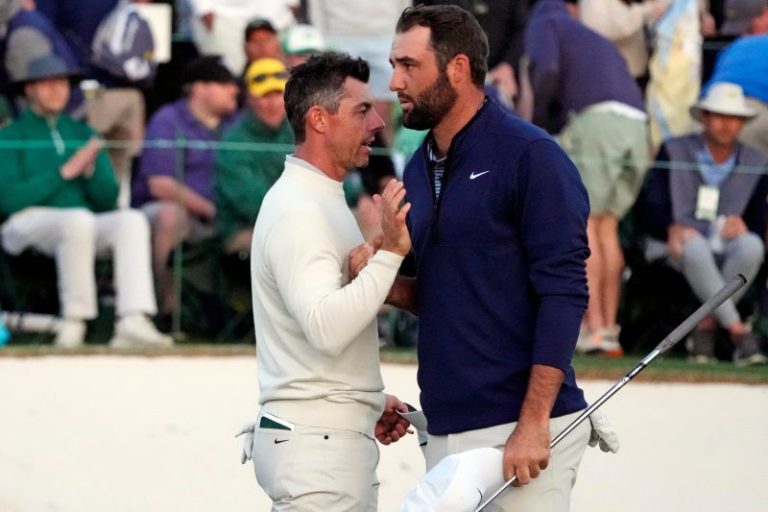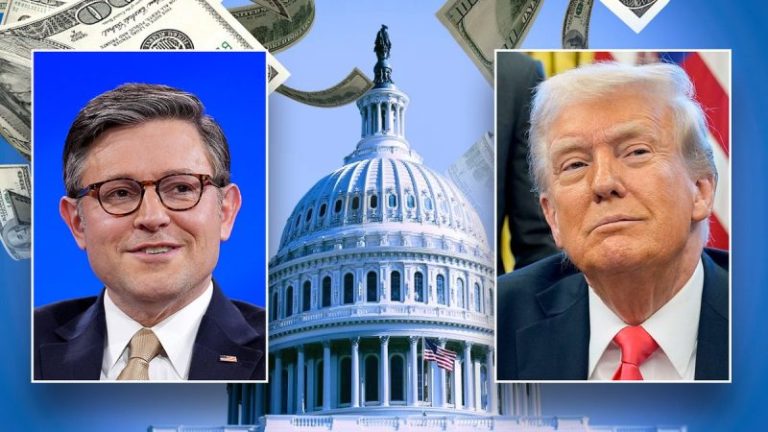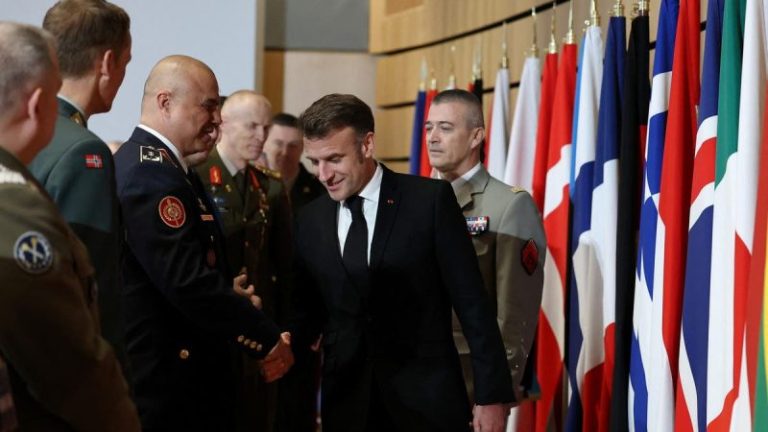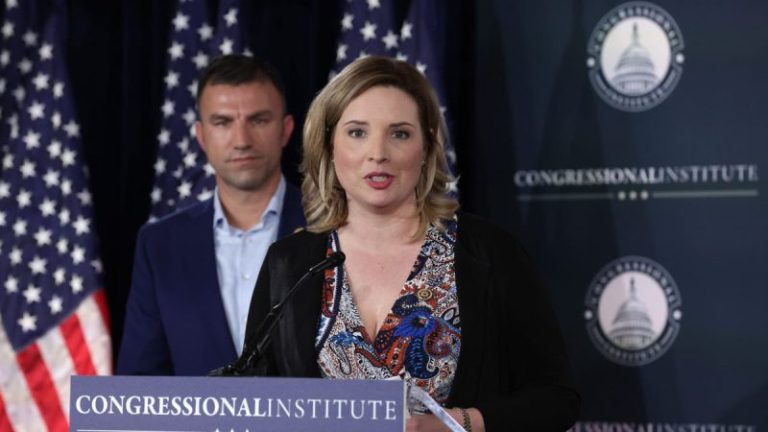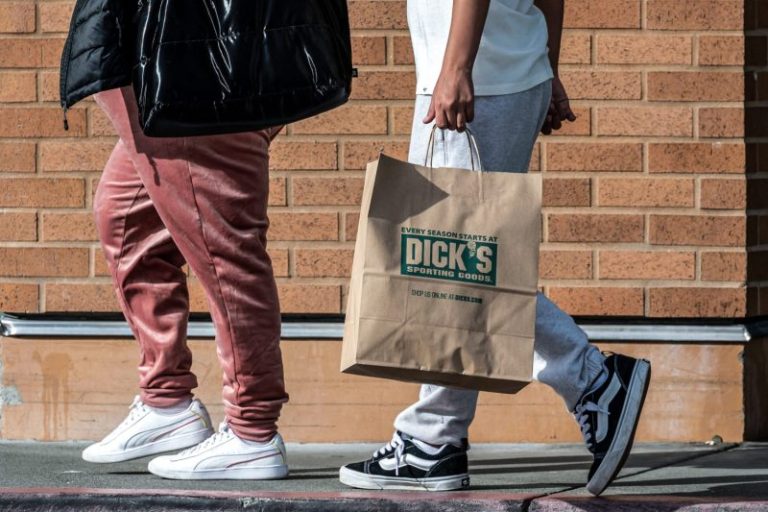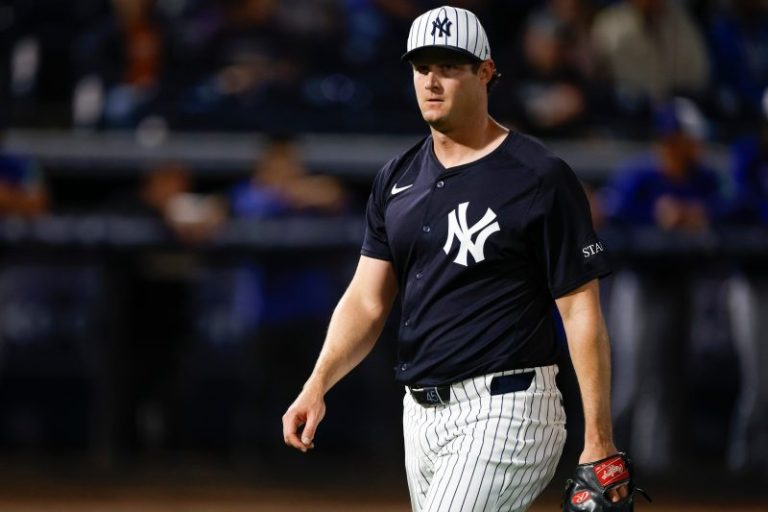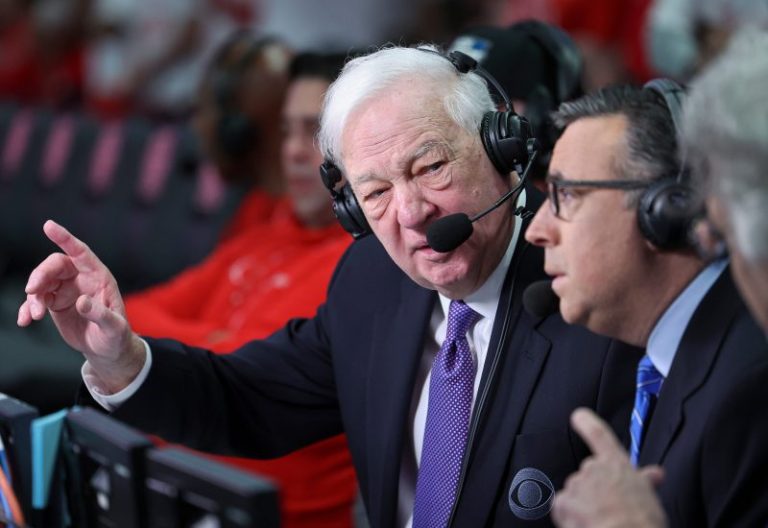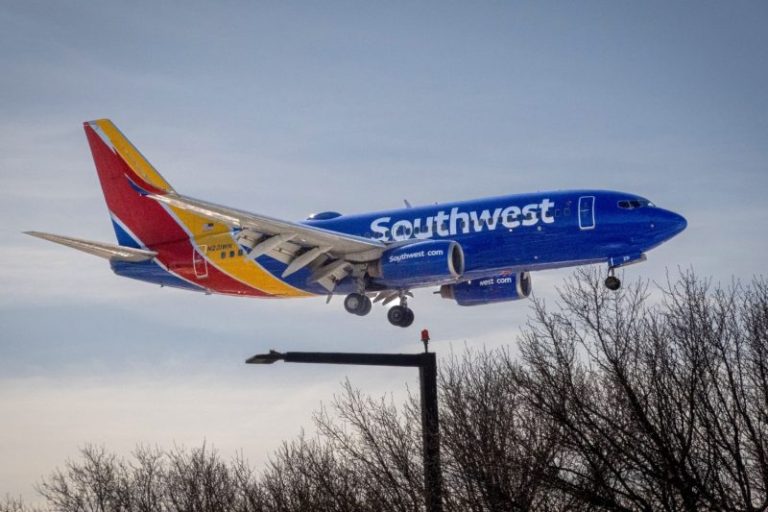The Players Championship was dubbed golf’s fifth major and bestowed two-word status ‒ ‘The Players’ ‒ in clubhouses around the country long ago because of the loaded fields it annually draws, the gigantic purse available to the winner and the iconic ‘Island Green’ on the par-3 17th at TPC Sawgrass that gives the entire tournament an unforgettable backdrop. It’s also because of where the event annually falls on the calendar.
After a few months of build-up, the 2025 PGA Tour season is hitting its stride ahead of The Masters next month, and this year’s Players Championship got an off-course jolt when PGA Tour commissioner Jay Monahan gave a positive update on a potential merger with LIV Golf during his pre-tournament news conference. But once Thursday’s first round tees off, the focus will be one group.
The PGA Tour will have the top three golfers in the current world rankings ‒ No. 1 Scottie Scheffler, No. 2 Rory McIlroy and No. 3 Xander Schauffele ‒ playing together during the first and second rounds of The Players Championship. Scheffler is going for an unprecedented three-peat after winning this tournament the past two years.
Here’s a look at Thursday’s tee times for the 144-golfer field, which features every member of the top 10 in the current world golf rankings, and how to watch the 2025 Players Championship:
Players Championship 2025 Thursday first-round tee times
All times Eastern
1st tee
7:40 a.m.: Chad Ramey, C.T. Pan, Vince Whaley
7:51 a.m.: Joel Dahmen, Patrick Rodgers, Chan Kim
8:02 a.m.: Beau Hossler, Mark Hubbard, Ben Silverman
8:13 a.m.: Rafael Campos, Davis Riley, Gary Woodland
8:24 a.m.: Joe Highsmith, Brian Campbell, Matt McCarty
8:35 a.m.: Patton Kizzire, Lucas Glover, Corey Conners
8:46 a.m.: Sahith Theegala, Matt Fitzpatrick, Will Zalatoris
8:57 a.m.: Davis Thompson, Stephan Jaeger, Tom Hoge
9:08 a.m.: Aaron Rai, Cam Davis, Christiaan Bezuidenhout
9:19 a.m.: Robert MacIntyre, Max Homa, Sungjae Im
9:30 a.m.: Nate Lashley, Will Gordon, Rico Hoey
9:41 a.m.: Alejandro Tosti, Isaiah Salinda, Aldrich Potgieter
12:45 p.m.: Doug Ghim, Ryan Fox, Sami Valimaki
12:56 p.m.: Andrew Putnam, Charley Hoffman, Denny McCarthy
1:07 p.m.: Daniel Berger, Min Woo Lee, Rasmus Hojgaard
1:18 p.m.: Harris English, Billy Horschel, Justin Rose
1:29 p.m.: Rory McIlroy, Scottie Scheffler, Xander Schauffele
1:40 p.m.: Collin Morikawa, Adam Scott, Tommy Fleetwood
1:51 p.m.: Keegan Bradley, Rickie Fowler, Patrick Cantlay
2:02 p.m.: Nick Dunlap, Akshay Bhatia, Tom Kim
2:13 p.m.: Harry Hall, Chris Gotterup, Si Woo Kim
2:24 p.m.: Jhonattan Vegas, Matt Kuchar, Adam Hadwin
2:35 p.m.: Sam Ryder, Greyson Sigg, Mac Meissner
2:46 p.m.: Max McGreevy, Ryan Gerard, Frankie Capan III
10th tee
7:40 a.m.: Lanto Griffin, Andrew Novak, David Lipsky
7:51 a.m.: Keith Mitchell, Justin Lower, Nicolai Hojgaard
8:02 a.m.: Michael Kim, Alex Smalley, Sam Stevens
8:13 a.m.: Maverick McNealy, Brian Harman, Tony Finau
8:24 a.m.: Ludvig Aberg, Hideki Matsuyama, Justin Thomas
8:35 a.m.: Russell Henley, Shane Lowry, Viktor Hovland
8:46 a.m.: Wyndham Clark, Jason Day, Jordan Spieth
8:57 a.m.: Thomas Detry, Sepp Straka, Nick Taylor
9:08 a.m.: J.T. Poston, Seamus Power, Mackenzie Hughes
9:19 a.m.: Chris Kirk, Luke List, Adam Svensson
9:30 a.m.: Bud Cauley, Matti Schmid, David Skinns
9:41 a.m.: Hayden Springer, Jesper Svensson, Will Chandler
12:45 p.m.: Henrik Norlander, Victor Perez, Ben Kohles
12:56 p.m.: Eric Cole, Ben Griffin, Max Greyserman
1:07 p.m.: J.J. Spaun, Jacob Bridgeman, Chandler Phillips
1:18 p.m.: Emiliano Grillo, Byeong Hun An, Adam Schenk
1:29 p.m.: Taylor Pendrith, Peter Malnati, Kurt Kitayama
1:40 p.m.: Brice Garnett, Matthieu Pavon, Camilo Villegas
1:51 p.m.: Austin Eckroat, Jake Knapp, Taylor Moore
2:02 p.m.: Nico Echavarria, Kevin Yu, Erik van Rooyen
2:13 p.m.: Karl Vilips, Sam Burns, Cameron Young
2:24 p.m.: K.H. Lee, Carson Young, Patrick Fishburn
2:35 p.m.: Trey Mullinax, Ryo Hisatsune, Laurie Canter
2:46 p.m.: Kris Ventura, Kevin Roy, Jackson Suber
How to watch 2025 Players Championship: TV, streaming for PGA Tour
The Players Championship will be carried live on TV by Golf Channel all four days. NBC will pick up live coverage of the third and final rounds. There is streaming coverage available on ESPN+, Peacock and Fubo, which is offering a free trial
Thursday, March 13
First round
7:30 a.m.-7 p.m. ET, ESPN+
1-7 p.m. ET, Golf Channel
1-7 p.m. ET, NBC Sports app
Friday, March 14
Second round
7:30 a.m.-7 p.m. ET, ESPN+
1-7 p.m. ET, Golf Channel
1-7 p.m. ET, NBC Sports app
Saturday, March 15
Third round
8 a.m.-7 p.m. ET, ESPN+
2-7 p.m. ET, NBC Sports app
2-7 p.m. ET, NBC and Peacock
Sunday, March 16
Final round
7:30 a.m.-6 p.m. ET, ESPN+
1-6 p.m. ET, NBC Sports app
1-6 p.m. ET, NBC and Peacock
Watch The Players Championship with Fubo
We occasionally recommend interesting products and services. If you make a purchase by clicking one of the links, we may earn an affiliate fee. USA TODAY Network newsrooms operate independently, and this doesn’t influence our coverage.

